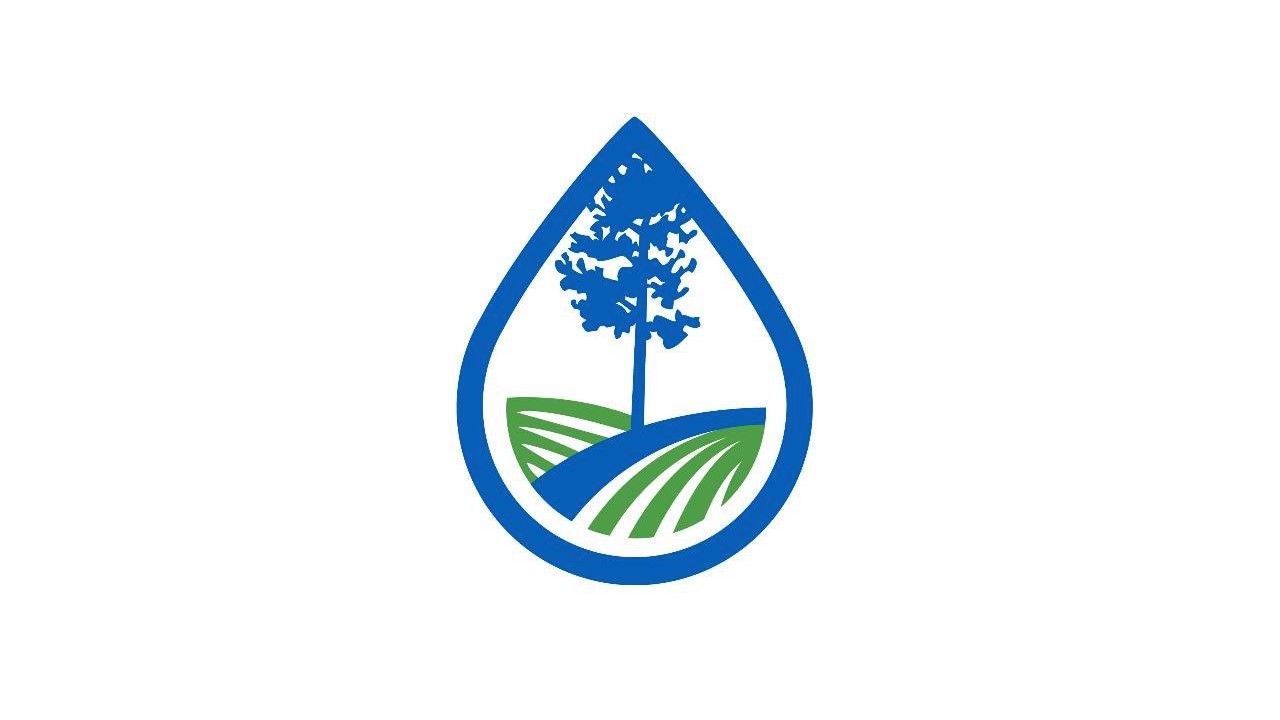Whether you live in rural or urban Alabama, you rely on natural resources and you play an important role in their future.”Frank Nalty, SWCC chairman
MONTGOMERY – Against the backdrop of the Alabama River at the Union Station Train Shed, the Alabama Soil & Water Conservation Committee (SWCC) launched a new initiative to continue its mission of conserving Alabama’s natural resources: Conserve Alabama.
Conserve Alabama is a campaign to increase awareness and engage a greater audience of those who believe in the noble endeavor of conserving our natural resources so future generations can enjoy the same Alabama the Beautiful we know and love.
“Whether you live in rural or urban Alabama, you rely on natural resources and you play an important role in their future,” said Frank Nalty, SWCC chairman.
For 76 years, SWCC has promoted healthy soil, sustainable forests, drinkable and fishable water and clean air by connecting those who use and work the land to education, technical know-how, and resources that assist in conservation efforts and enhance their stewardship.
“Ninety-three percent of the land in Alabama is privately owned, so the greatest responsibility of stewardship is on farmers and landowners,” said Charles Holmes, SWCC board member and Perry County farmer.
Conserve Alabama seeks to increase support for conservation efforts on private land, conservation education, small and urban farms and the farm-to-table movement across Alabama.
“As a timberland owner, I’ve always been conscious about how what I do on my land impacts all Alabamians, but we’re facing a new and pressing challenge. As farm land shrinks, urbanization spreads and our population grows, we have to be even better stewards of our resources. It’s going to take all of us supporting conservation efforts so we can provide for future generations,” said Nalty.
Alabama used to boast about 8 million acres of cropland. Today, that number has dwindled to about 3 million.
“We’re fortunate in recent years to see a reignited interest in knowing where your food comes from and how it was grown. Through Conserve Alabama, we want to tap into that interest and help people become more aware of how conservation impacts us all,” said Dr. William Puckett, SWCC executive director.
“Without healthy soil, we couldn’t grow food and fiber, Alabama’s agriculture industry would not be the $70 billion economic driver it is and we would not be able to sustain a population. Conservation is truly at the foundation of it all,” said Puckett.
SWCC is organized into 67 conservation districts, one in every county, governed by a guiding principle of conservation from the ground up and a board of five volunteer supervisors who assess and direct conservation efforts in their districts.
A district administrative coordinator in each district serves as the connection between the land user and the services and resources available.
Conservation districts work hand-in-hand with the Natural Resources Conservation Service (NRCS) to secure funding and technical assistance for landowners and farmers.
The Conserve Alabama launch event included a dozen educational displays, including an Ag in Action trailer, Soil Tunnel and Rainfall Simulator demonstrating proper conservation practices and educating about natural resources. E.A.T. South from Montgomery, Oakview Farm from Wetumpka and Eastaboga Bee Company also set up displays. Sixty students from Reeltown and Horseshoe Bend Elementary Schools attended the event along with many others from across Alabama.
Alabama Agriculture Commissioner John McMillan and Montgomery Mayor Todd Strange delivered welcoming remarks.
Support local conservation efforts by visiting conservealabama.gov.




























